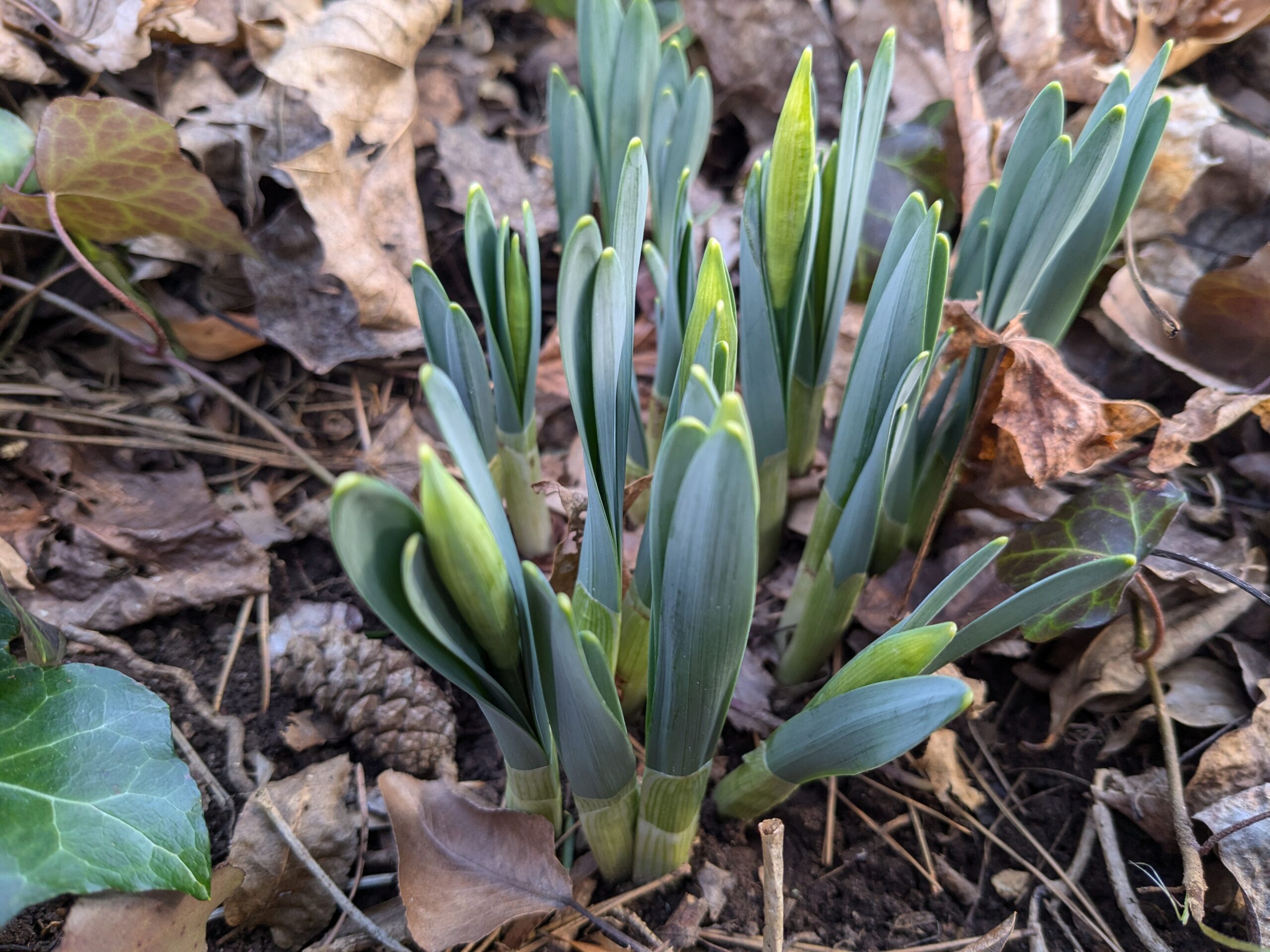St. Brigid, Imbolc, and the 5 of Cups
The bridge draws my eye first along its breadth, the bridge to which the figure in the image looks, the thing that connects one bank to another. What draws us together in this way? St. Brigid, her quickening breath that had slowed for winter slumber, warm and easy in her den of moss and stone. The figure in the 5 of cups has all fours on the ground—we need strength from earth herself to endure.

What is it about the Bear Mother that bridges one to another? Let us look to the bridge herself as guide. We are weak on hands and knees, pale and empty with winter hunger. Bear Mother begins on all fours. Our emptiness gnaws at our stomachs, we are a dog sucking at a bone long dried of marrow. Traditions die away, lost among ruins of stone rubble, ash, and mud.
But the earth keeps them. They still live, dormant, as a bear hibernates in her den, pregnant with cubs. She groans in her winter hunger and full womb. She is the bridge that sleeps and draws us forth from autumn through winter into new life. She is the bridge through darkness; she’s traveled to the underworld and returns raging with hunger from her ancient ritual fast.
We are on all fours and some cups have spilled before us: here is what we’ve lost, what we must let go. But here, just nearby, stand two cups still full. They are what we drink to fortify us on our journey through winter’s underworld into spring; they are what we keep burning. The waters that slowed with the constriction of ice begin to flow again, rivers of desire.
As the banks of ancient and modern contradict each other in the way that autumn is the beginning of death and spring is the beginning of life, the Bear Mother teaches how to bridge the two. She teaches how similar they are, and that we can walk in both worlds such that we are neither ancient nor modern, but both. We are neither dying nor being reborn, but both.
